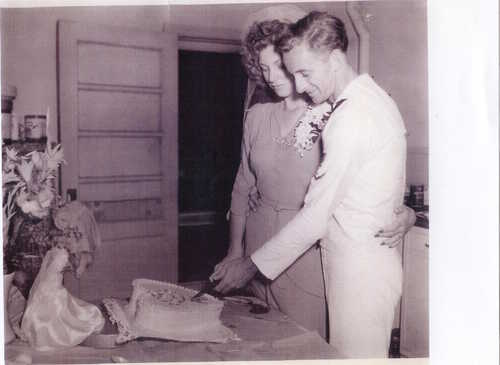Keywords: Ships
Item 9496
Tall Ships Moored at Boothbay Harbor, ca. 1925
Contributed by: Stanley Museum Date: circa 1925 Location: Boothbay Harbor Media: Photographic print
Item 51426
Contributed by: Dyer Library/Saco Museum Date: circa 1890 Location: Saco Media: Photographic print
Item 86130
Storage, Browns Wharf, Portland, 1924
Owner in 1924: Portland Ship Ceiling Use: Storage
Item 86872
Storage for Ship Supplies and Coal, Portland Pier, Portland, 1924
Owner in 1924: Proprietors of Portland Pier Use: Storage for Ship Supplies and Coal
Item 111574
Arthur S. Bosworth cottage, Cape Elizabeth, 1928
Contributed by: Maine Historical Society Date: 1911–1951 Location: Cape Elizabeth Client: Arthur Sewall Bosworth Architect: John Calvin Stevens and John Howard Stevens Architects
Item 111576
House for Capt. John W. Deering, Kennebunkport, 1890
Contributed by: Maine Historical Society Date: 1890 Location: Kennebunkport Client: John W. Deering Architect: John Calvin Stevens
Exhibit
Enemies at Sea, Companions in Death
Lt. William Burrows and Commander Samuel Blyth, commanders of the USS Enterprise and the HMS Boxer, led their ships and crews in Battle in Muscongus Bay on Sept. 5, 1813. The American ship was victorious, but both captains were killed. Portland staged a large and regal joint burial.
Exhibit
The Life and Legacy of the George Tate Family
Captain George Tate, mast agent for the King of England from 1751 to the Revolutionary War, and his descendants helped shape the development of Portland (first known as Falmouth) through activities such as commerce, shipping, and real estate.
Site Page
"Every time they got a new shipping material(another item) the captain would write it all down in his captains log which contains the item, how much…"
Site Page
Historic Hallowell - Ship Parts
"Ship Parts Shipbuilding spike, Hallowell, ca. 1853Courtesy of Sumner A. Webber, Sr., an individual partner Ship hulls were built from trees in…"
Story
Saga of a Sub Chaser S.C. 268 along Maine Coast
by DANIEL R CHRISTOPHER
A look back at a Sub Chaser Crew on duty along the Maine coastline near the end of World War I
Story
Florence Ahlquist Link's WWII service in the WAVES
by Earlene Ahlquist Chadbourne
Florence Ahlquist, age 20, was trained to repair the new aeronautical cameras by the US Navy in WWII
Lesson Plan
Primary Sources: The Maine Shipyard
Grade Level: 9-12
Content Area: Social Studies
This lesson plan will give students a close-up look at historical operations behind Maine's famed shipbuilding and shipping industries. Students will examine primary sources including letters, bills of lading, images, and objects, and draw informed hypotheses about the evolution of the seafaring industry and its impact on Maine’s communities over time.
Lesson Plan
Becoming Maine: The District of Maine's Coastal Economy
Grade Level: 3-5
Content Area: Social Studies
This lesson plan will introduce students to the maritime economy of Maine prior to statehood and to the Coasting Law that impacted the separation debate. Students will examine primary documents, take part in an activity that will put the Coasting Law in the context of late 18th century – early 19th century New England, and learn about how the Embargo Act of 1807 affected Maine in the decades leading to statehood.






















